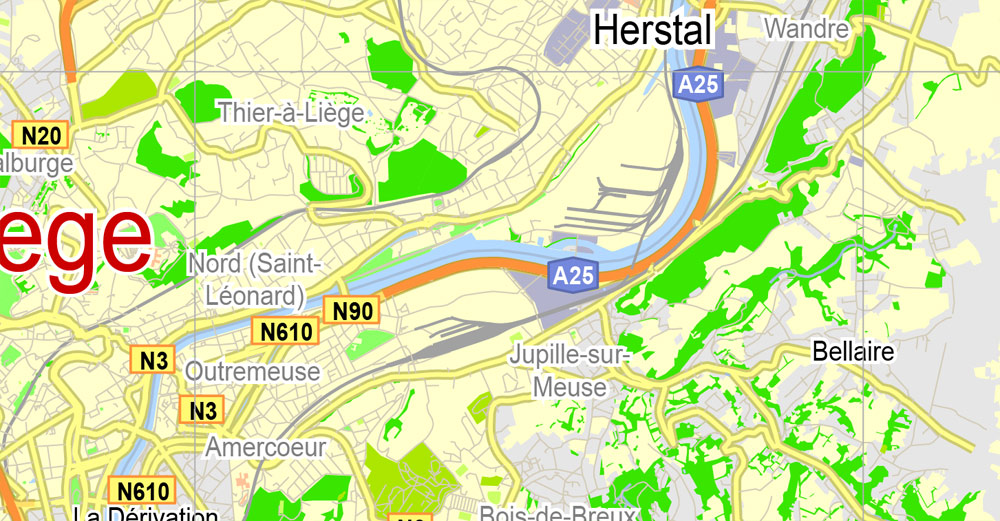
You need to configure your report suites as per Adobe's guidelines here: *an example of this could be opening an app you have the Tealium SDK implemented in and then opening a webview via the app which uses a completely different Tealium profile (and therefore visitor ID) Pre-requisites Stitching together visitor IDs from data from a mobile app to a webview in the same app*.Passing in a visitor ID into SiteCatalyst in a mobile implementation (using our SDK).Passing in a visitor ID into SiteCatalyst on a web implementation.
#Adobe visitor click map how to#
This tutorial will explain how to configure Tealium iQ to handle the following situations: if someone browses the site, adds items to their basket and then purchases and logs in we can stitch together their behaviour pre-logging in with behaviour post-logging in)

(b) stitch anonymous behaviour from a known customer to identifiable behaviour from a known customer (e.g. (a) identify the same user across multiple devices 5/ (for mobile protocol) or /1/ (for non-mobile protocol) in the image request URL.Ĭontrols the order in which cookies and other methods are used to identify visitors.Adobe's visitor stitching is a method to:
#Adobe visitor click map code#
Visitor Profile | Visitor ZIP/Postal Codeĭetermines the zip code as defined by the variable
#Adobe visitor click map Offline#
The transaction ID used to link online data to offline data Visitor migration key used to migrate from third-party to first-party cookies. The visitor’s unique ID as set in the visitorID variable. The campaign variable used in conversion reportingĬonversion variables used in custom conversion reporting The custom timestamp calculated and sent in with the hit. Where D is a number in the range 0-6 specifying the day of the week, and OFFSET represents: offset from GMT in hours * 60 * - 1 The t parameter is in the following format: dd/mm/yyyy hh:mm:ss D OFFSET (automatic, sent with every hit that does not have a custom timestamp) Specifies the state as defined by the variable. The page’s server used in traffic reporting

Visitor Profile | Technology | Monitor Resolutions Used to deduplicate purchases, preventing revenue inflation Products variable used in conversion reporting Page identifier type for last page used in ClickMap Page identifier for last page used in ClickMap Used to track milestones in legacy video reporting deprecated with v15 Site Content | Links | Exit Links, File Downloads, Custom Linksĭetermines the type of custom link hit fired Only occurs for new visitors prevents infinite redirects (Always true) Indicates whether it is a 404 page or not (Either ‘error’ or blank) Semicolon delimited browser plug-in names Visitor Profile | Technology | Netscape Plug-Ins Object tag name for last page used in ClickMap Object identifier for last page used in ClickMap Specifies what domain the cookies are set on Indicates whether the image request originated from JS file (1 or 0) Shows the current Javascript version installed (generally 1.x)Īre cookies supported in the browser (Y, N or U)Ī delimited list of values that are passed into a variable, then reported as individual line items for reporting. Visitor Profile | Technology | Javascript Version Indicates if current page is browser’s home page (Y or N can only populate in IE browsers) Hierarchy variables used in traffic reporting URLs longer than 255 bytes are split, with the first 255 bytes appearing in the g parameter, with the remaining bytes appearing later in the query string in the -g= query parameter. The current URL of the page, up to 255 bytes. The commerce and custom events that occurred on the page used in conversion reports

Site Traffic | Purchases, Shopping Cart, Custom Events Visitor Profile | Technology | Connection TypesĬonnection Type (Modem, LAN, etc can only populate in IE browsers) Indicates whether the behavior is a result of direct interaction foreground or information the device is sending without direct interaction background. The Site Sections variable used in traffic reporting S.cookieLifetime (s_vi cookie lifetime in seconds) The character encoding of the image request Indicates the number of periods in a domain for cookie tracking manually set. Traffic variables used in custom traffic reporting In the query string, this context data variable would appear as c.my.a=red Multiple key-value pairs can be specified. Key-values pairs are specified in one of the following formats:Įach of these examples result in a context data value of my.a = red. Visitor Profile | Technology | Monitor Color Depths Visitor Profile | Technology | Browser Width Visitor Profile | Technology | Browser Height Indicates the end of an image request, meaning the request was not truncated. Indicates the beginning of an image request. Audience Manager Location Hint (used in Experience Cloud Shared Profile integration)Īudience Manager Blob (used in Experience Cloud Shared Profile integration)


 0 kommentar(er)
0 kommentar(er)
